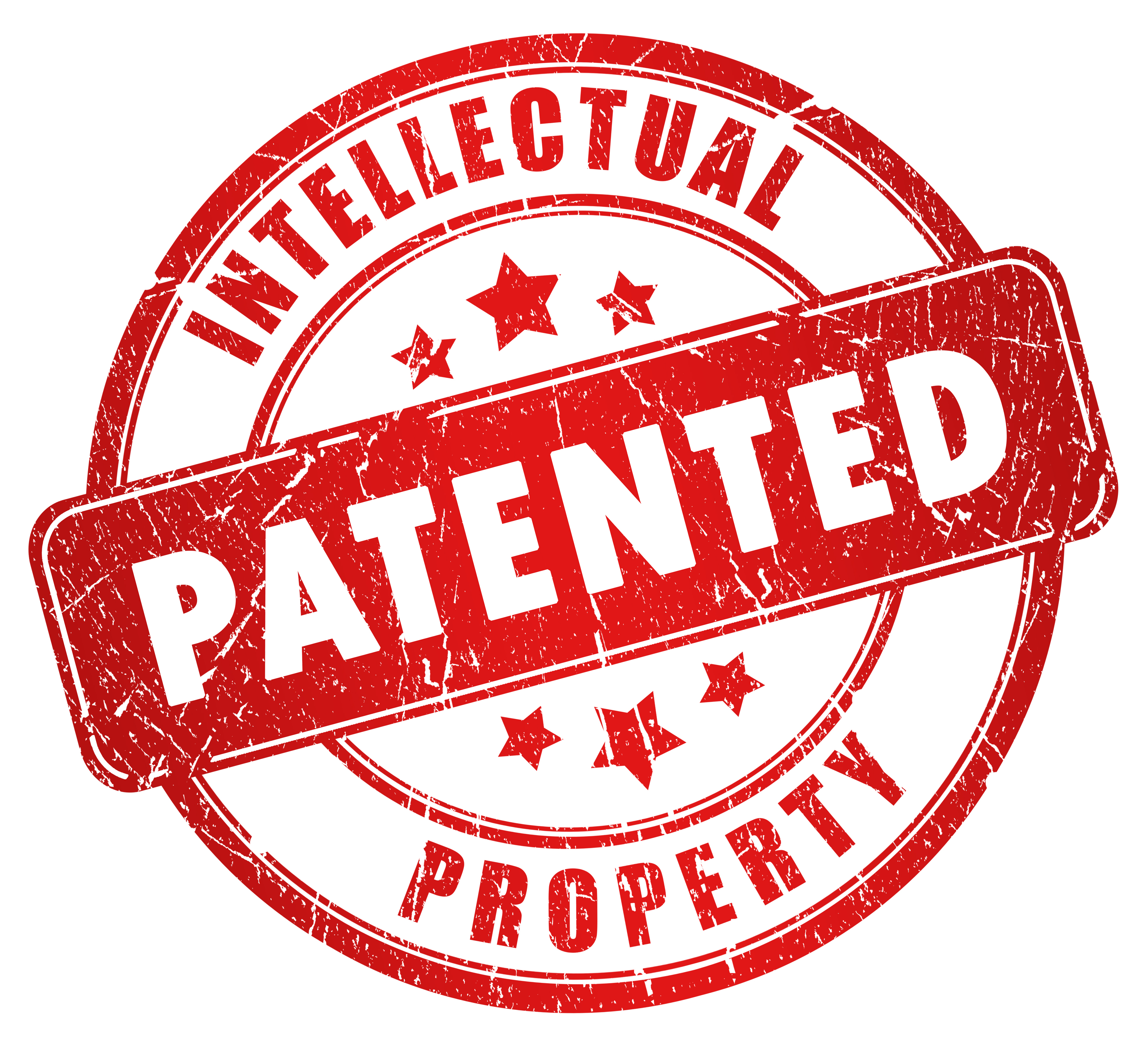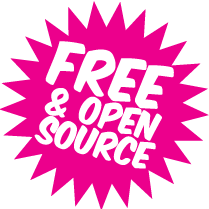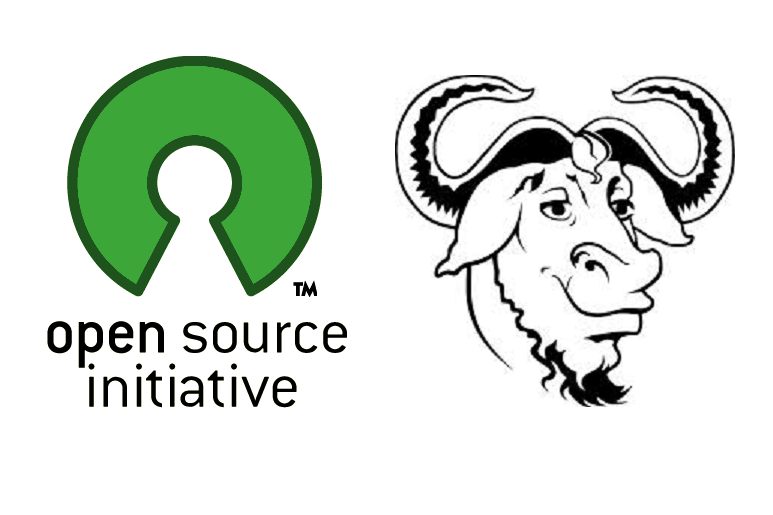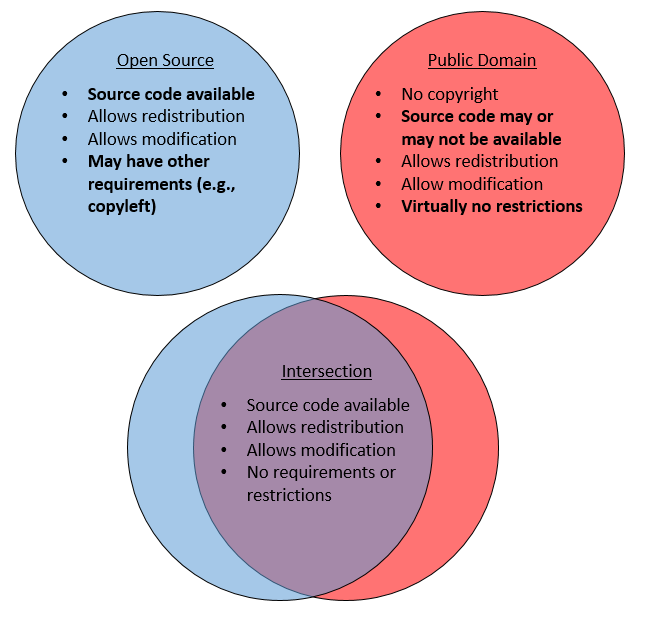Week 18: Invention, Intellectual Property, And Business Model
Assignment
Develop a plan for dissemination of your final project
Prepare a summary slide (presentation.png, 1280x1024) and video clip (presentation.mp4, 1080p HTML5, < ~minute, < ~10 MB)in your root directory
Patent it?
The patent is an authority or licence conferring a right or title for a set period, especially the sole right to exclude others from making, using, or selling an invention given by a government.

Neil explained that a patent actually only gives you access to the court system but if some big corporation infringes the patent of you as a small grassroots inventor you do not stand a chance to protect your invention because it has more money for lawyers.
So a patent gives you the access to the court system but you still need to go and defend it yourself and also first you need identify infringement which is also quite difficult.
Copyright and License
While patents apply to industrial processes and inventions copyrights apply to creative work which you can choose different licenses for.


Open Source = free?
Opens Source is not the same as free. Open Source started in software and means that you share the source code of your software and others can then modify, make, distribute and use the software. You still can sell the software.

I checked the Website opensorce.org to understand all conditions better. There it says that the license should not restrict any party from selling or giving away the software as a component of an aggregate software distribution containing programs from several different sources. The license shall not require a royalty or other fee for such sale. I understand that this might be quite difficult for many people.

Open Source Hardware
The Open source hardware initiative brought the open source approach to things.
"Open Source Hardware (OSHW) is a term for tangible artefacts — machines, devices, or other physical things — whose design has been released to the public in such a way that anyone can make, modify, distribute, and use those things. This definition is intended to help provide guidelines for the development and evaluation of licenses for Open Source Hardware."

A company that popularised the open hardware movement is Arduino. They open source the original design file and license them under the Creative Commons Attribution Share-Alike license. This allows to copy the Arduino for personal use and/or make and sell it as long as you credit Arduino and release your designs under the same license. The Arduino software is also open-source. The source code for the Java environment is released under the GPL (Everyone is permitted to copy and distribute verbatim copies of this license document, but changing it is not allowed) and the C/C++ microcontroller libraries are under the LGPL. The only thing that is not open source are the design files.

Business Model
I am planning on refining my prototype of my final project and convert it into a completely market-fit and market-ready product. My focus will be on making this product more user-friendly. Later I need to do more research on this product add more features to help blind people.
Choosing the license for my project
I wish to share my work with other people in the Fab community and would like to be acknowledged for my work. As I am also planning on refining my project and make it into a market ready product, I don't want anyone to use my code and design for monetary benefits.
I have checked out a few free copyright licenses available and chosen the following license for my work.
I choose the license for sharing my knowledge with others

Summary of Slide and Video
Slide
I wish to do a Blind snooper and a smart cane. So the slide must contain background watermark image of my final product, At middle a hero shoot of my project. around it the different shots of the stage the project. On left bottom side fabled logo. The heading on the top middle.list the Description of product and Process.
Video
- Introduction myself
- about the project
- its needs
- its output
- working of the product.
- small demo animation.